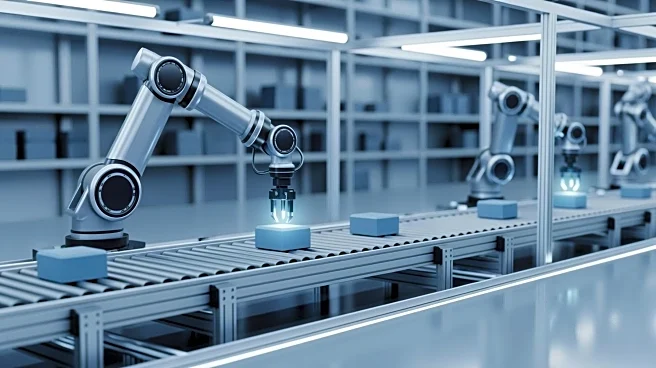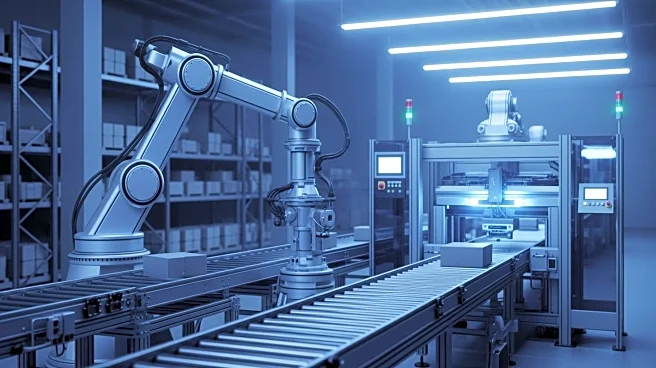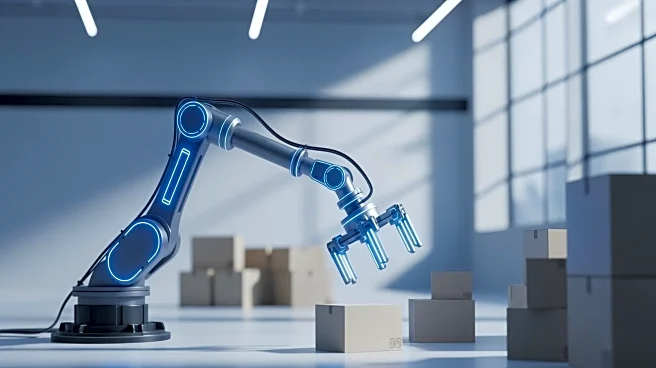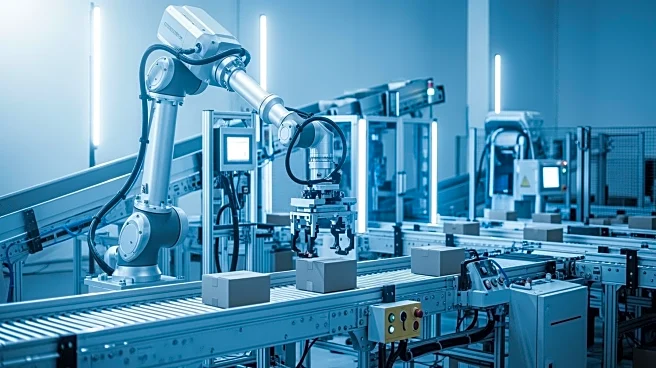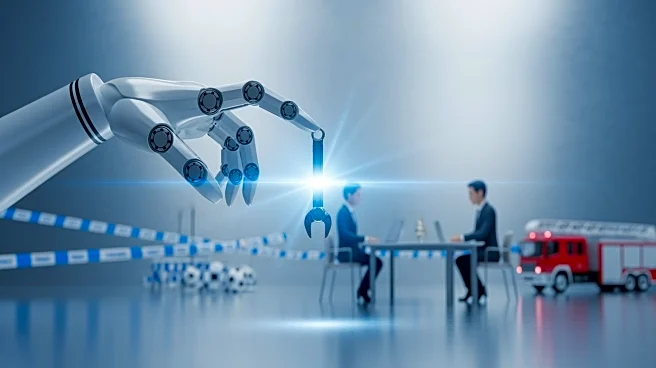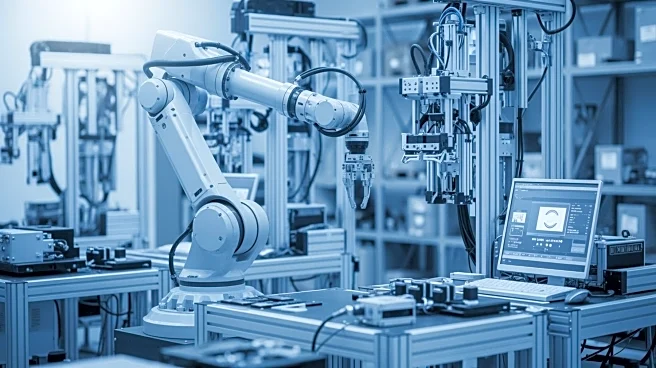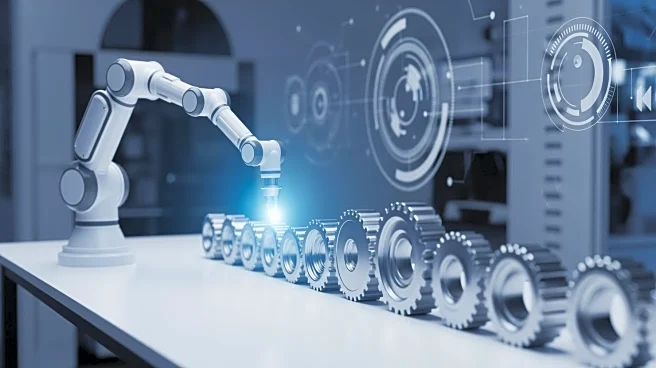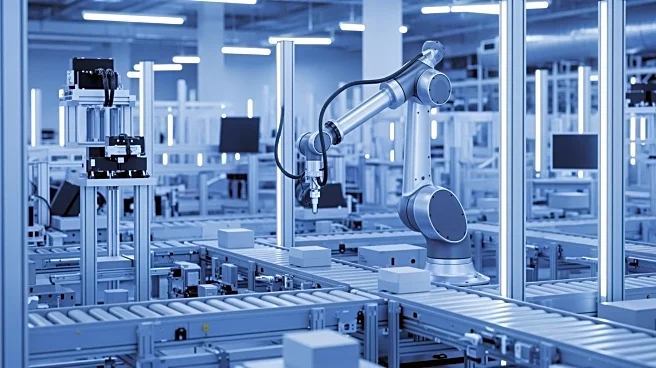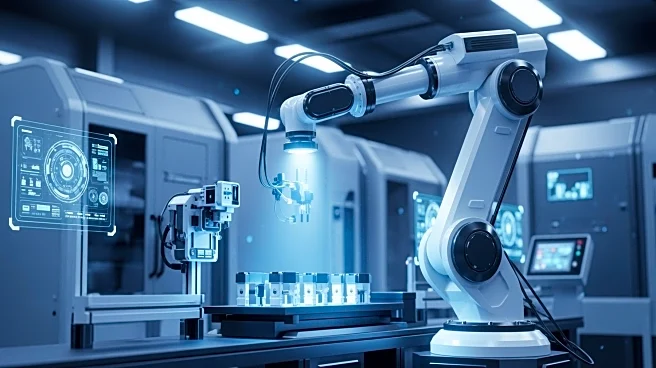What's Happening?
Amazon is advancing its automation strategy by planning to replace 600,000 human jobs with robots over the coming years. This move is part of a broader initiative to automate 75% of its operations, as
reported by The New York Times. The company aims to add approximately 40 next-generation robotics warehouses by the end of 2027. Morgan Stanley analyst Brian Nowak estimates that this shift could result in annual savings of $2 billion to $4 billion for Amazon by 2027. The automation efforts are expected to reduce fulfillment costs significantly, with Amazon CEO Andy Jassy previously noting a 25% cost reduction at the company's most advanced robotic warehouse in Shreveport, Louisiana. The introduction of a new robotic system, 'Blue Jay,' capable of performing multiple tasks, is part of Amazon's strategy to enhance efficiency and reduce costs.
Why It's Important?
The automation strategy represents a significant shift in Amazon's operational model, with potential implications for the U.S. labor market. As the nation's second-largest private employer, Amazon's decision to replace human jobs with robots could lead to substantial job losses. However, the cost savings from automation could enhance Amazon's competitive edge, allowing for lower prices and improved delivery times for consumers. The move also highlights the growing trend of automation in the retail sector, which could influence other companies to adopt similar strategies. While the financial benefits for Amazon are clear, the broader societal impact, particularly on employment, remains a critical concern.
What's Next?
Amazon's continued investment in robotics and automation is likely to prompt discussions among policymakers, labor unions, and industry stakeholders about the future of work and the need for workforce retraining programs. As Amazon progresses towards its automation goals, the company may face scrutiny over its employment practices and the ethical implications of large-scale job displacement. Additionally, the success of Amazon's automation strategy could set a precedent for other companies, potentially accelerating the adoption of robotics across various industries.
Beyond the Headlines
The shift towards automation raises ethical and cultural questions about the role of technology in society. As companies like Amazon prioritize efficiency and cost reduction, the potential loss of human jobs could exacerbate economic inequality and social unrest. The development also underscores the need for a balanced approach to technological advancement, where the benefits of innovation are weighed against the potential societal costs. Long-term, this trend could lead to a reevaluation of labor policies and the creation of new frameworks to support displaced workers.
